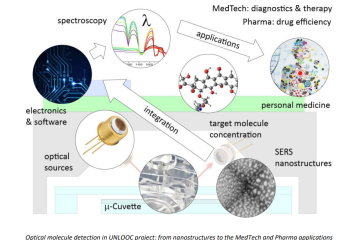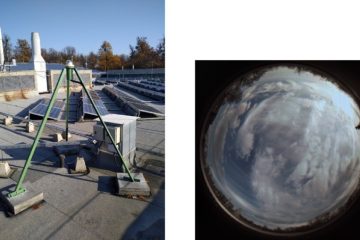The dosimeters of the Space Research Department of the ELKH Centre for Energy Research (CER) are also part of the experiment that takes place in the first mission of NASA’s Artemis program. The mission will provide key data on the cosmic radiation field for the future creation of human crewed spacecraft, a lunar orbiting space station, and a lunar base.
Ready to launch
According to the latest information, the launch window for the first phase of Artemis will open on 16th of November at 07:04 CET. The Orion spacecraft and the SLS (Space Launch System) rocket are already assembled and waiting for the pre-launch tests to be done. “Launch Complex 39B”, the iconic site of the Apollo and space shuttle launches has been renovated and will be the starting point of these historic series of missions.
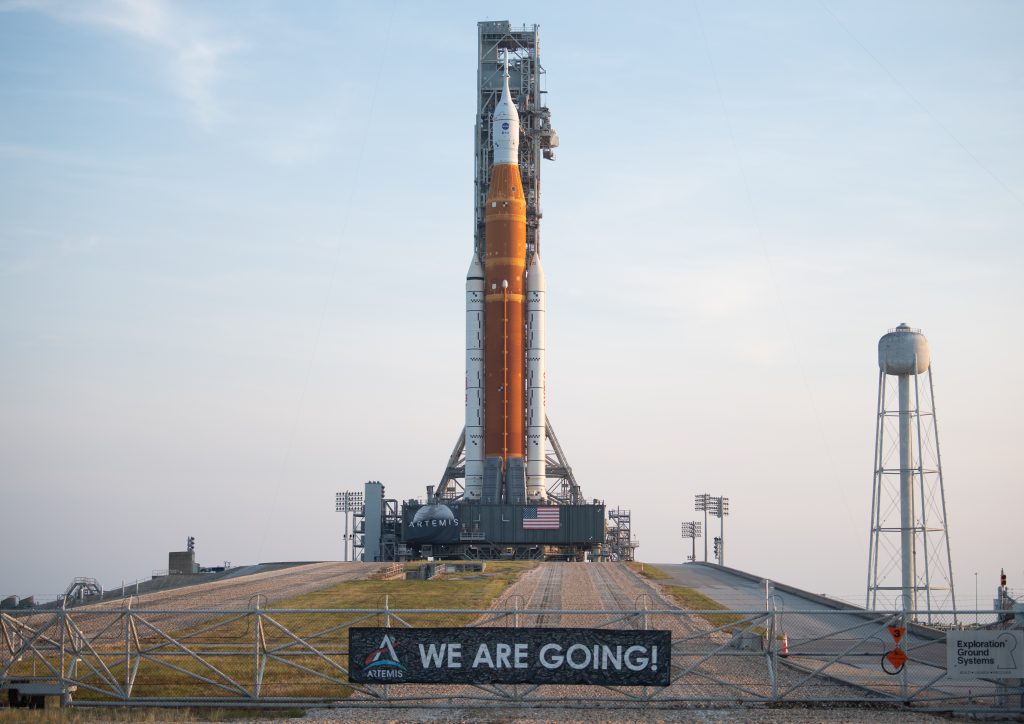
We are entering a new era of human space travel and getting closer to see a human walk on the surface of the Moon again. By using the experience gained in these missions we can make serious progress in achieving a safely feasible human journey to Mars. NASA’s Artemis mission aims to open a new chapter in the field of human space exploration with strong international collaboration; building a novel spacecraft carrying human personnel to the Moon, an orbiting lunar space station and a base on the surface. As a result of many years of preparation, postponed launches, extended deadlines and budget rethinking, the system that allows the first lunar test flight of the Orion spacecraft (Exploration Mission-1) is ready. Space radiation measurements are one of the major tasks during the mission, in order to understand the potential adverse health effects on future astronauts working in the harsh cosmic environment.
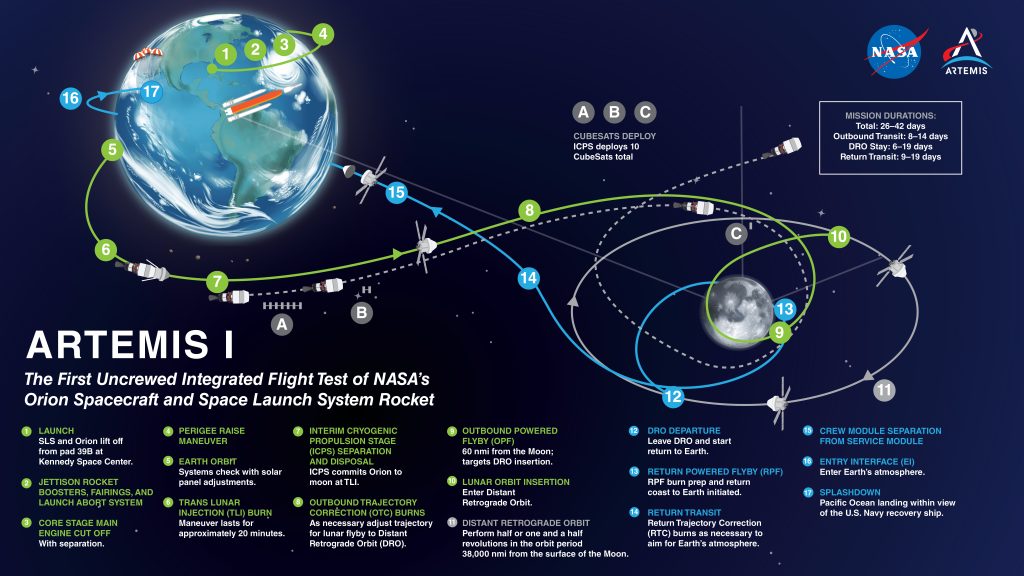
Owing to the four decades of experience in detecting cosmic radiation the Space Research Laboratory of the Centre for Energy Research will participate in the next “giant leap” of humanity in several respects (see also: “Hungarian instrument orbiting the Moon”). The laboratory’s so-called “passive dosimetry” group (using non-electric detectors) was invited to take part in the first major step in the program: the Orion spacecraft’s unmanned flight around the Moon. The crew’s seats will be occupied by so-called humanoid phantoms having several hundred dosimeters integrated inside and mounted outside of their body for measuring purposes.
A phantom in outer space
There are a lot of key radiation related issues which must be carefully studied when planning human missions such as the understanding of the relationship between the skin exposure and dose absorbed in the internal organs, the design of the optimal radiation shielding conditions and determine appropriate dose limits. Studying the penetration of cosmic rays inside the body is only possible with the help of humanoid mannequins – and this is not a new idea. Human skull imitations were used in radiation measurements as early as the 1990s on-board several space shuttles and the Mir space station, as well.
EK researchers participated in a series of experiments in the past using a highly detailed phantom made by the German Aeronautics and Space Agency (Deutsches Zentrum für Luft- und Raumfahrt, DLR) sponsored by the European Space Agency (ESA). The soft tissues and lungs of the phantom in the Matroshka program were made of tissue-identical low-density polyurethane and had real human bones. Hundreds of measurement positions were designed inside the body for active (energy-demanding) and passive (post-evaluation) radiation detectors. Measurements were performed outside the International Space Station and later inside various modules between 2004 and 2011. It is interesting to note, that similar phantoms are used in the testing and calibration of radiotherapy irradiation equipment in health care.
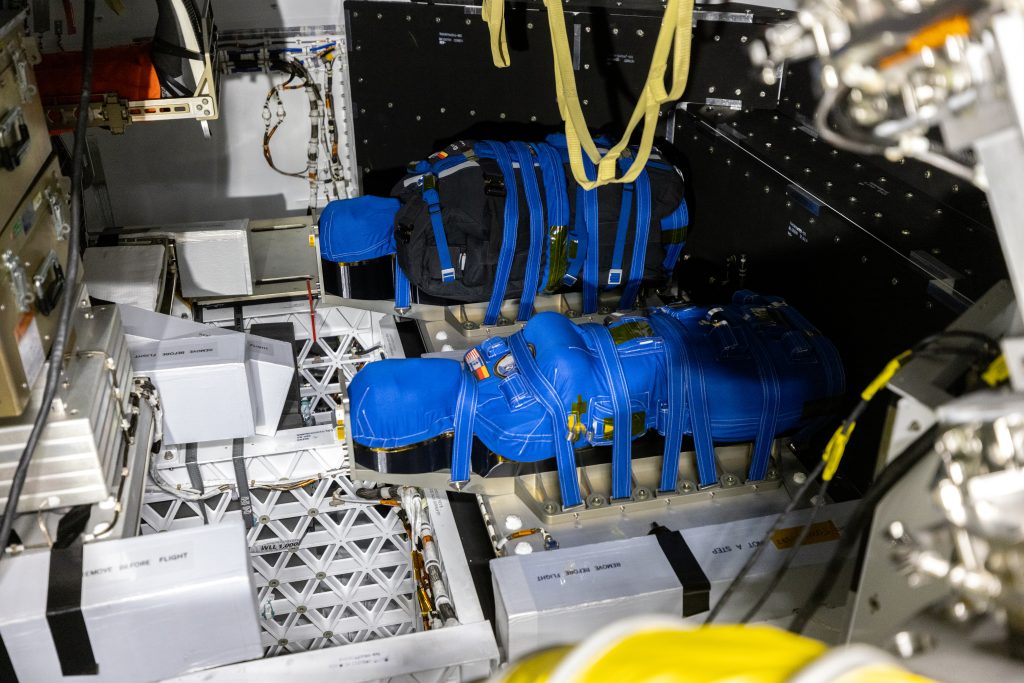
(Photo: ESA/DLR)
The MARE experiment
The Matroshka AstroRad Radiation Experiment (MARE) performed on-board the Orion spacecraft will apply humanoid phantoms as well, which are also manufactured by the DLR under an ESA contract. Researchers experienced in phantom measurements are participating in the experiment using their dosimeter sets from several countries (Austria, Belgium, the Czech Republic, Germany, Hungary, Poland, the United States and Japan). Similar to the Matroshka missions, the aim is to determine the quantity and quality of ionizing radiation absorbed in different tissue types, thereby assessing the radiation exposure of the crew. An essential difference is that in this case the phantoms are imitating the female body. The difference in the tissue distribution and organ structure of the male and female body are important from biological and radiation protection point of view, so the new results will be unique. During the mission two identical phantoms – named Helga and Zohar – will be seated side-by-side and Zohar will also wear the AstroRad radiation protection vest. The vest has already been tested on-board the International Space Station, but the lunar journey creates unique conditions resulting in useful new information. In addition to the 1,400 sensor positions inside the phantoms, measurements will also be made on the outer surface of the vest in order to assess how much radiation dose can be avoided when wearing the protective equipment.
The passive dosimeter sets
There are quite a few dosimetry data available from the Apollo missions, so the results of the MARE mission promise to be very important. The participating research teams have been conducting measurements in the Columbus module of the International Space Station for more than 10 years as part of the DOSIS-3D experiments. Using the experiences gained in the collaboration, a measurement set-up was developed in which cosmic radiation can be detected simultaneously with different types of passive dosimeters. This sets consisting of thermoluminescent dosimeters and solid-state nuclear track detectors will be placed on the body surface of phantoms and below and above the radiation protection vest, respectively. On the surface of the solid-state nuclear track detectors the particles with higher energy release (such as protons and atoms that fly at near the speed of light during supernova explosions) cause visible tracks, while thermoluminescent detectors store the information of the particles with lower energy release (gamma radiation, neutrons) get through the spacecraft’s walls. These detectors will be evaluated in the ground facilities at the end of the mission.
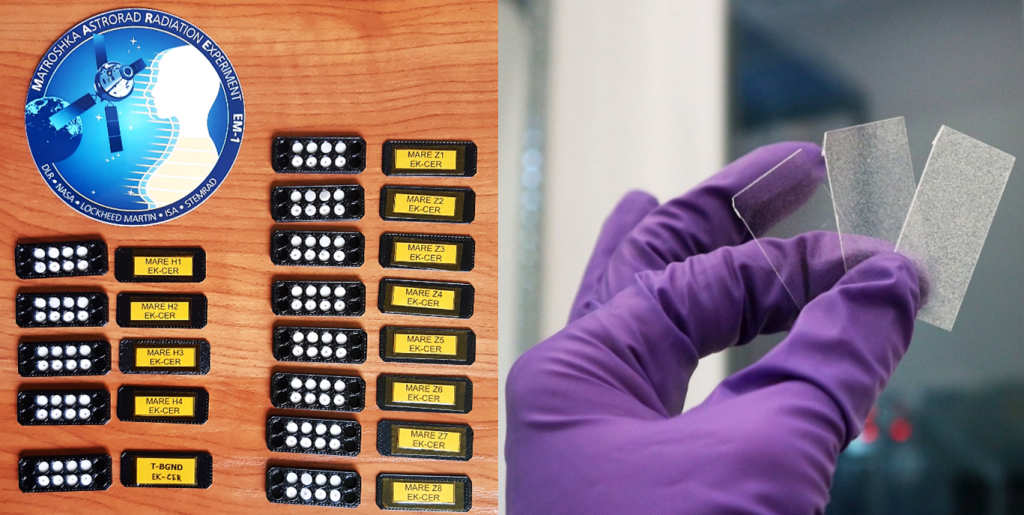
Ultimately, based on the results of the 42-day experiment we will be able to find out what kind of radiation conditions prevail in the Orion spacecraft and how effective the AstroRad radiation protection vest is. By supplementing all this information with the data of the most modern active (electronic) dosimeters and several other on-board instruments, humanity can gain knowledge that will greatly contribute to the safe execution of further Artemis missions. The Centre for Energy Research will also participate in the next steps, WE ARE GOING to the Gateway space station, as well!

